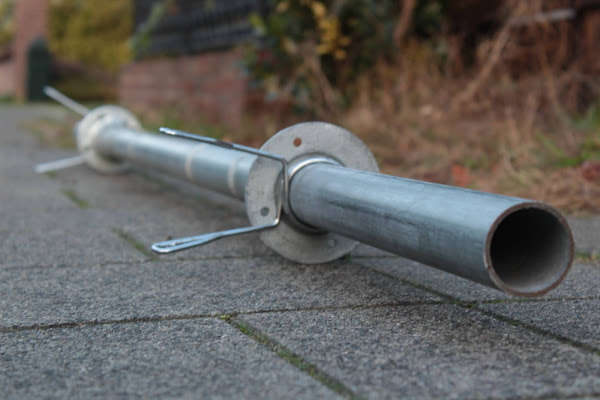Pitfalls in Kryo Serialization

For one of our projects we serialize information coming from IoT devices into a Kafka topic, which is later processed by several application that aggregate the information for different use cases (e.g. notify user when room temperature has drop below a threshold). In the Java ecosystem we have several tools to perform this serialization: Apache Thrift , Apache Avro , or Google Protocol Buffers to name a few. In this project, though, we decided to use Kryo , which offers another set of tradeoffs than the aforementioned libraries. Along the years we ran into several pitfalls, my hope is that with this blogpost you can avoid making the same mistakes. You can check the companion code to this blogpost here . EDIT: Added pitfall #4 and guidelines Introduction According to Kryo’s GitHub page: Kryo is a fast and efficient binary object graph serialization framework for Java. The goals of the project are high speed, low size, and an easy to use API. The project is useful any time objec...



